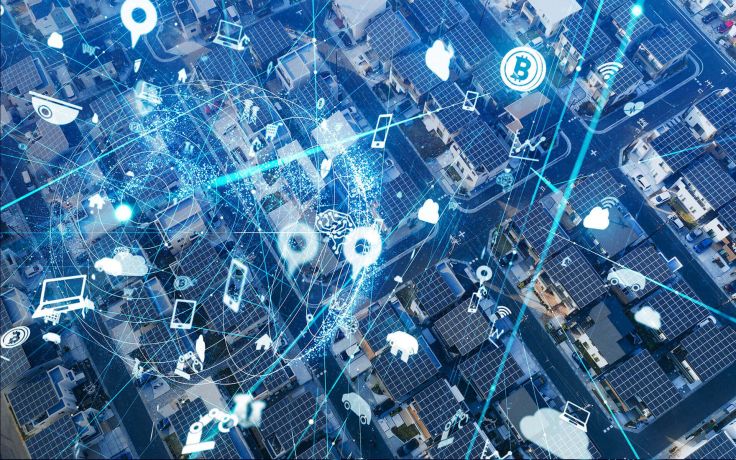“Smart Everything”: the IoT in Telecommunications for the 2020s and Beyond
- Published
- 4 min reading

From the consumer perspective, that means more choice; for telcos, it will bring more opportunities for monetization
In 2020, we will definitely see expansion in the smart home sector. Partners in such ventures should cooperate to create next generation IoT services that are intuitive, innovative, convenient and eco-friendly. In respect of the latter, energy-saving solutions will be key, as the climate crisis drives the search for intelligent, autonomous and efficient services that can cut energy consumption while still delivering, for example, the heating levels required. Partners might include energy producers, municipal authorities, installation companies and more. This is going to be a team game – where the strongest team wins.
Smart homes, smart cities, smart societies… the IoT in 2020
In the bigger picture, we can expect advances in smart city services that will improve comfort and convenience as well as our social lives and environment. In this domain, 5G IoT will see faster, broader, more efficient networks enabling innovative apps to make our lives easier. Such a huge ecosystem, with many decentralized parties and multi-element solutions, will demand the highest levels of security. Regulations concerning consumer privacy, along with public data access and diverse security threats will challenge network operators and IoT service providers. This is where blockchain will finally come into its own, allowing all parties to play a role in security.
Also in 2020, integrated analytics will be treated as a commodity. With various verticals involved and a multi-partner ecosystem in place, selling data from devices will bring greater rewards.
This year will see the expansion of solution-based sales, in order to meet the demand for greater product and service customization from consumers. There will also be a requirement for tailored pricing models, which will in turn feed into this process.
Finally, edge computing will be one of the main trends of 2020. This is because the exponentially increasing number of sensors, devices, hubs and more will outstrip the specific capabilities of cloud computing, creating a technological landscape in which centralized infrastructures are no longer efficient.






